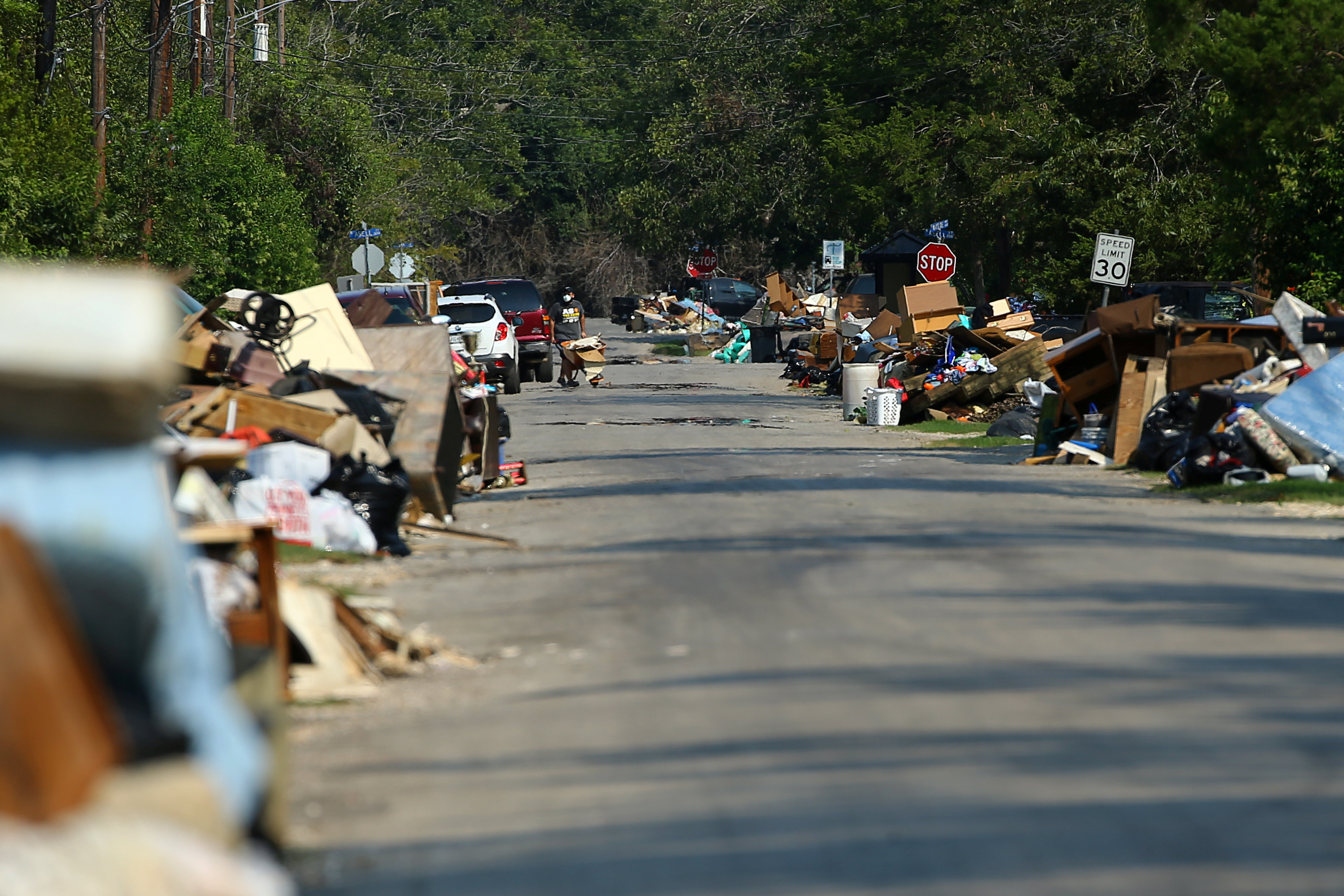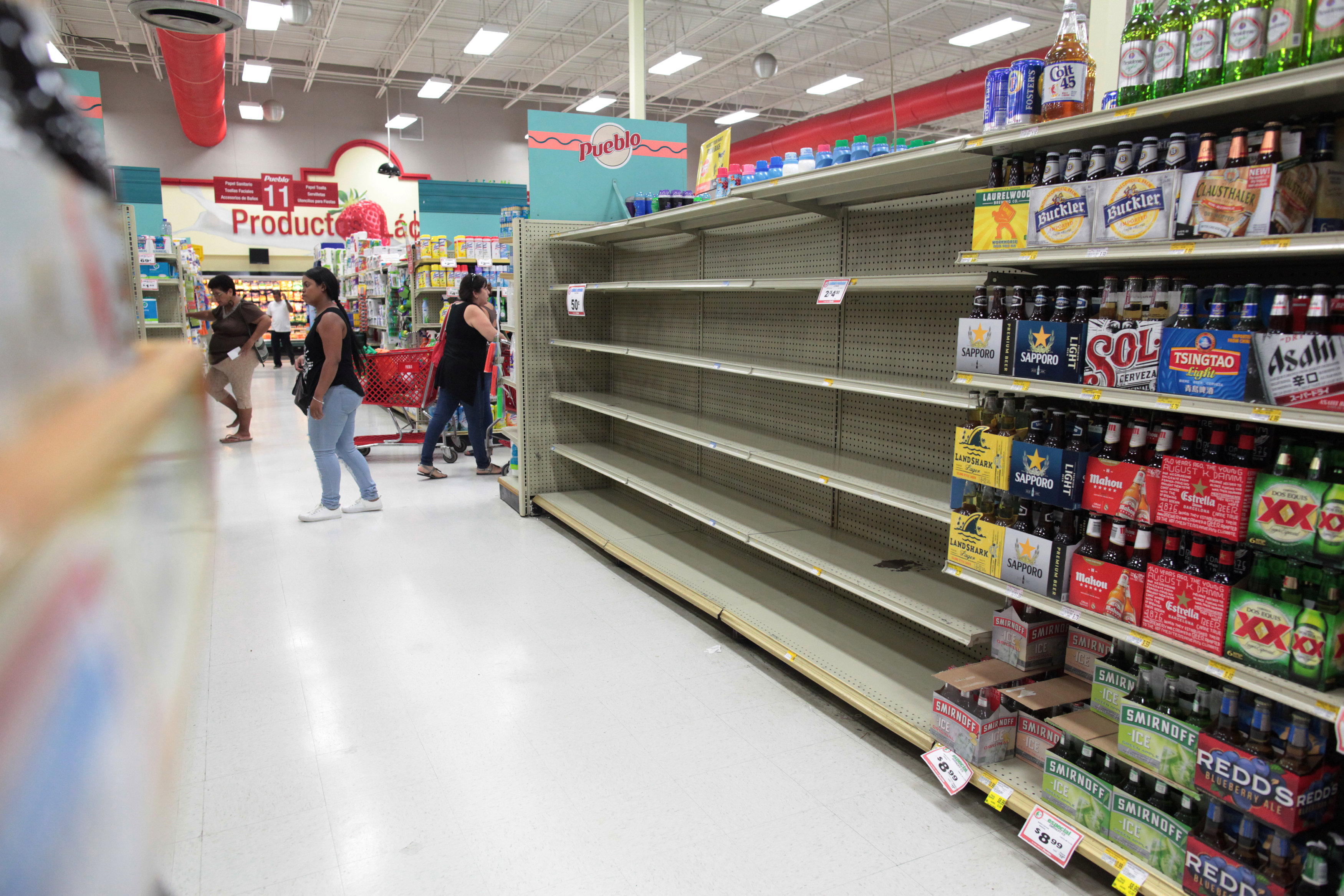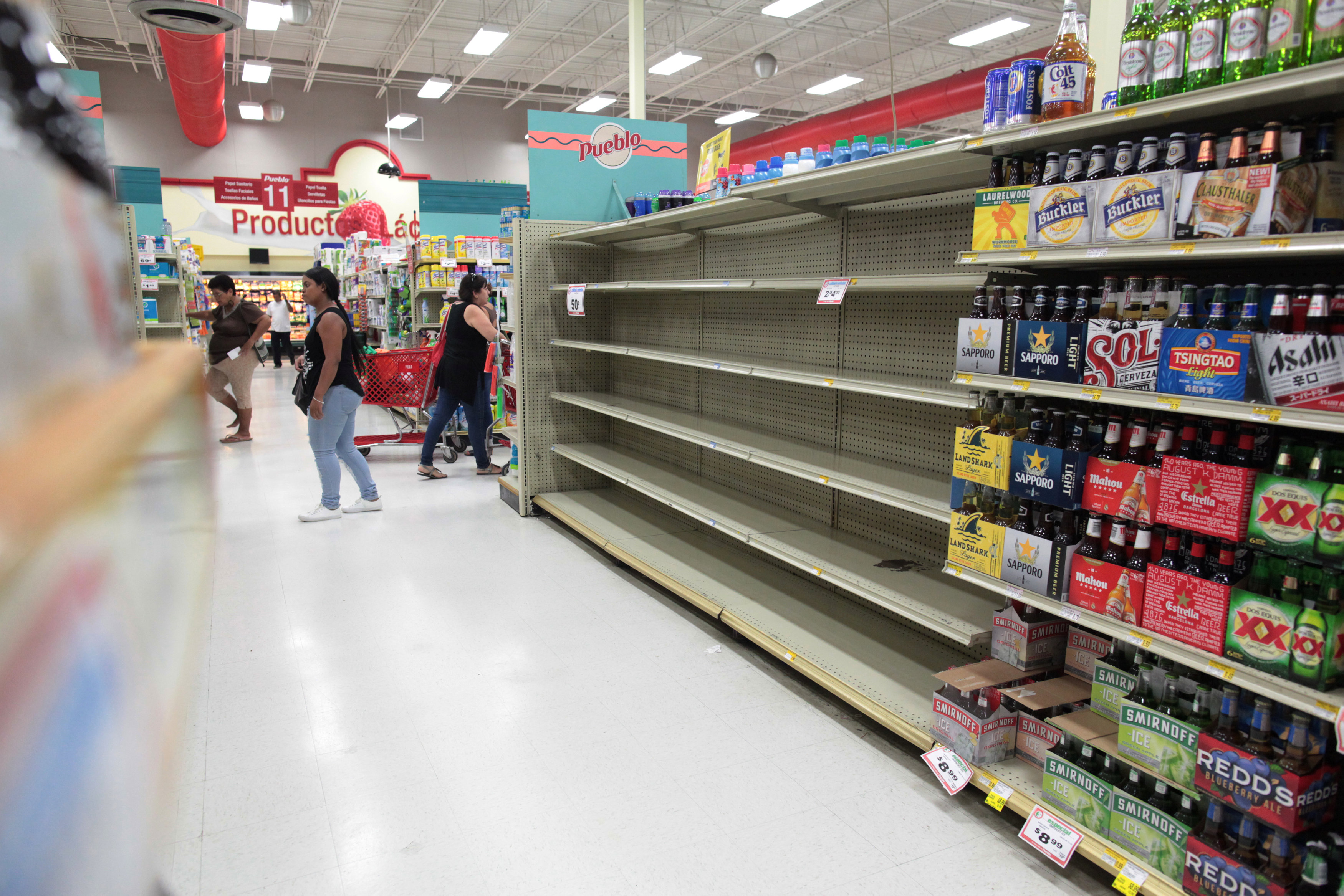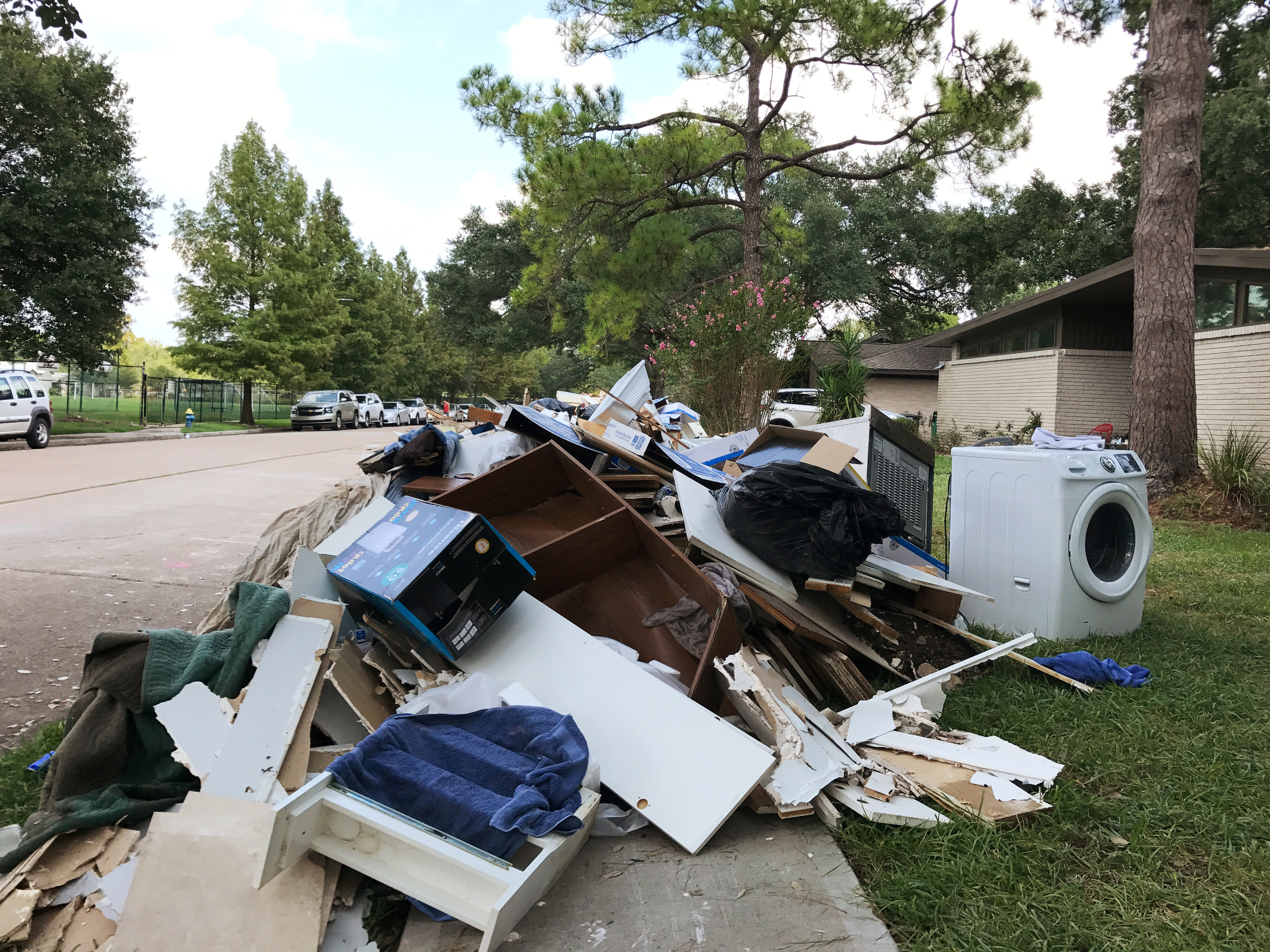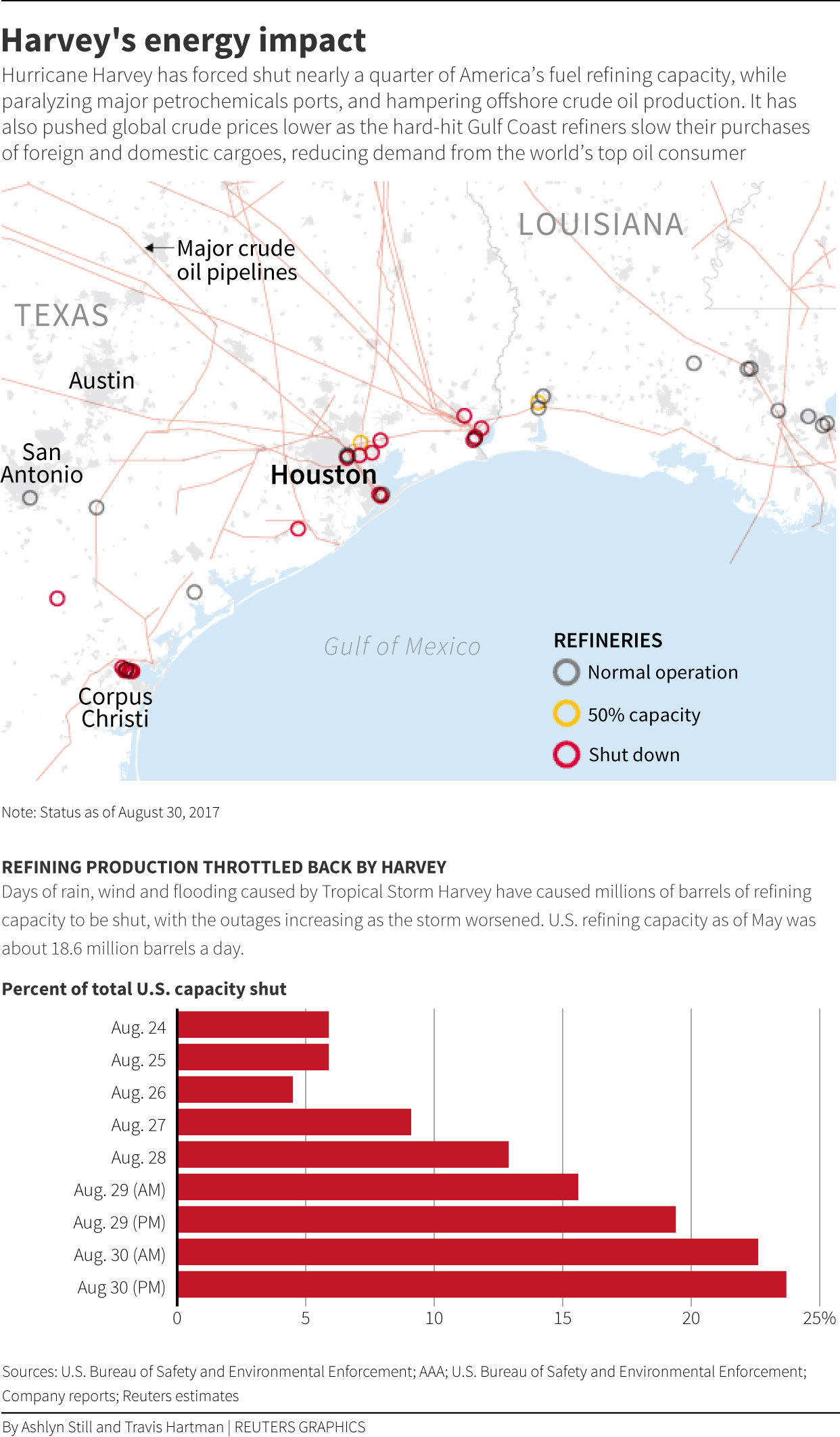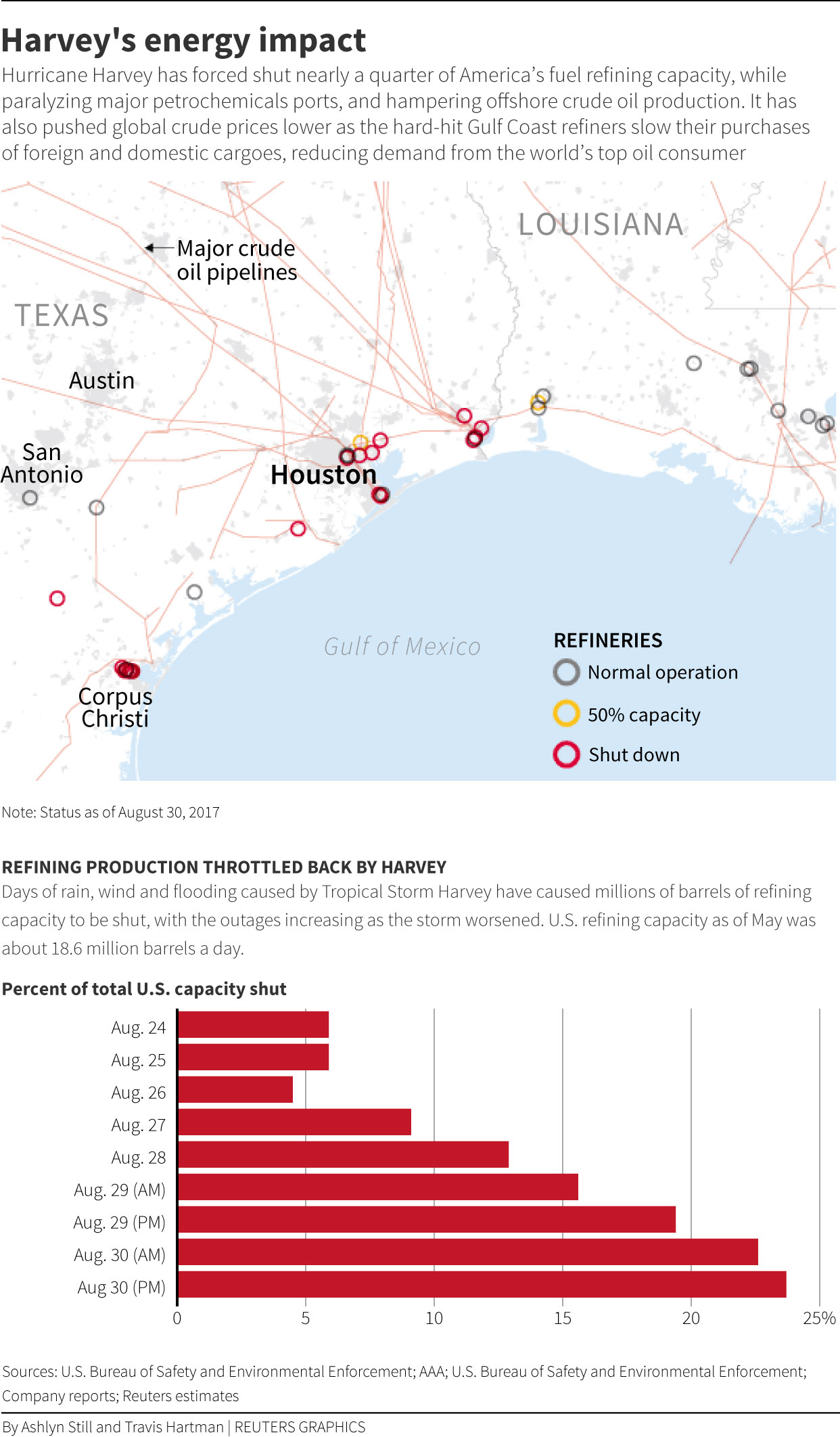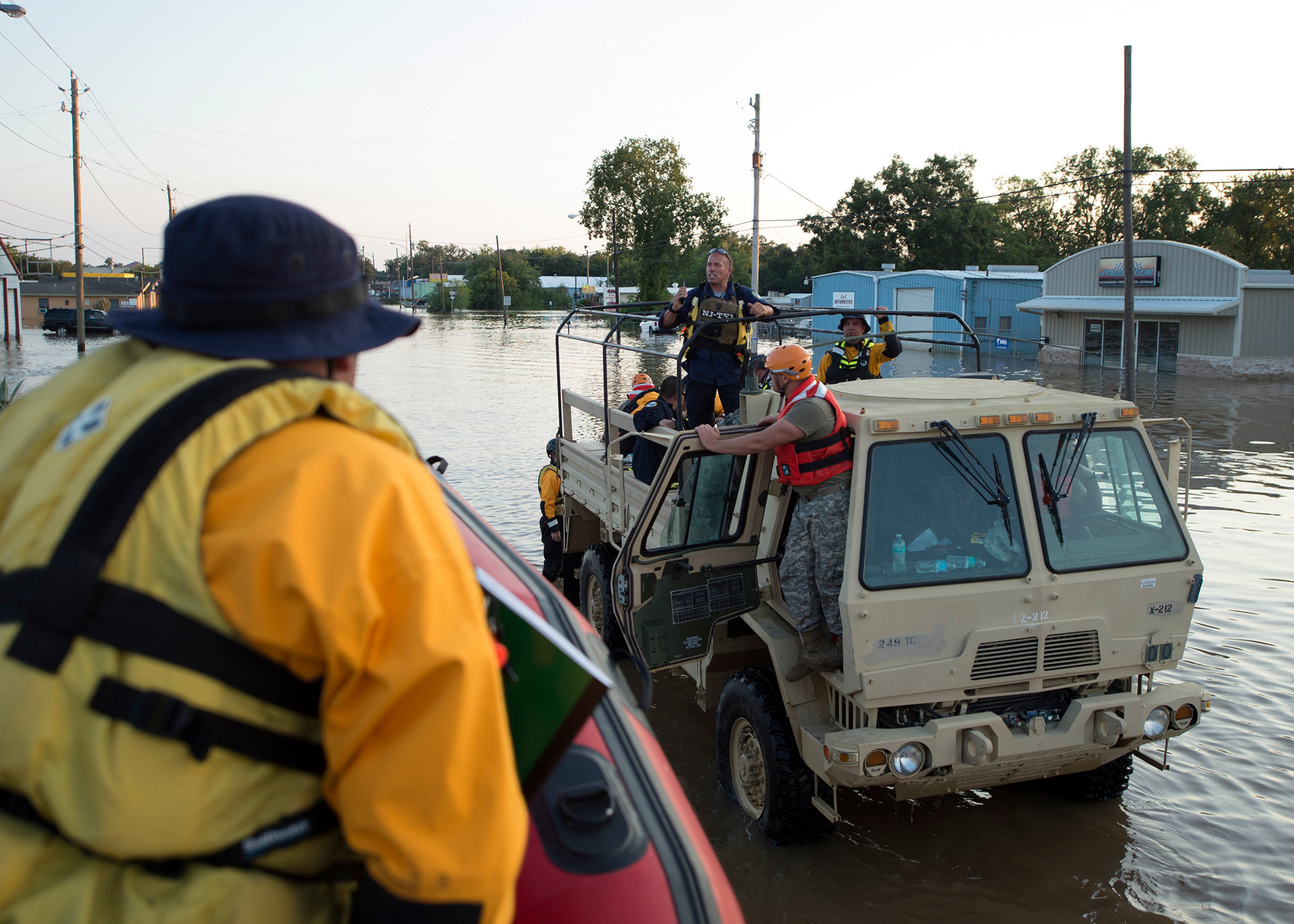
By Scott Malone
SAN JUAN, Puerto Rico (Reuters) – Hurricane Irma killed eight people on the Caribbean island of Saint Martin and left Barbuda devastated on Thursday as one of the most powerful Atlantic storms in a century took aim at Florida.
Television footage of the Franco-Dutch island of Saint Martin showed a damaged marina with boats tossed into piles, submerged streets and flooded homes. Power was knocked out on Saint Martin, Saint Barthelemy and in parts of the U.S. territory of Puerto Rico.
“It is an enormous disaster, 95 percent of the island is destroyed. I am in shock,” Daniel Gibbs, chairman of a local council on Saint Martin, told Radio Caribbean International.
French Interior Minister Gerard Collomb said eight people were killed and the toll was likely to rise.
“We did not have the time yet to explore all the shores,” Collomb told Franceinfo radio, adding that 23 people were also injured. In all, at least 10 people were reported killed by Irma on four islands.
Irma caused “enormous damage” to the Dutch side of Saint Martin, called Sint Maarten, the Dutch Royal Navy said. The navy tweeted images gathered by helicopter of damaged houses, hotels and boats. The airport was unreachable, it said.
The hurricane was on track to reach Florida on Saturday or Sunday, becoming the second major hurricane to hit the U.S. mainland in as many weeks after Hurricane Harvey.
The eye of Irma was moving west-northwest off the northern coast of the Dominican Republic on Thursday morning, the National Hurricane Center (NHC) said.
The island of Barbuda is a scene of “total carnage” and the tiny two-island nation will seek international assistance, said Gaston Browne, prime minister of Antigua and Barbuda.
Browne told the BBC about half of Barbuda’s population of some 1,800 were homeless while nine out of 10 buildings had suffered some damage and many were destroyed.
RAIN AND WIND
“We flew into Barbuda only to see total carnage. It was easily one of the most emotionally painful experiences that I have had,” Browne said in an interview on BBC Radio Four.
“Approximately 50 percent of them (residents of Barbuda) are literally homeless at this time. They are bunking together, we are trying to get … relief supplies to them first thing tomorrow morning,” he said, adding that it would take months or years to restore some level of normalcy to the island.
Browne said one person was killed on Barbuda. A surfer was also reported killed on Barbados.
Irma hit Puerto Rico early on Thursday, buffeting its capital San Juan with rain and wind that scattered tree limbs across roadways. At least half of Puerto Rico’s homes and businesses were without power, according to Twitter posts and a message posted by an island utility executive.
The NHC said it was the strongest hurricane ever recorded in the Atlantic Ocean and one of the five most forceful storms to hit the Atlantic basin in 82 years.
Irma’s precise course remained uncertain but it was likely to be downgraded to a Category 4 storm by the time it makes landfall in Florida, the NHC said.
It has become a little less organized over the past few hours but the threat of direct hurricane impacts in Florida over the weekend and early next week were increasing, it said.
Hurricane watches were in effect for the northwestern Bahamas and much of Cuba.
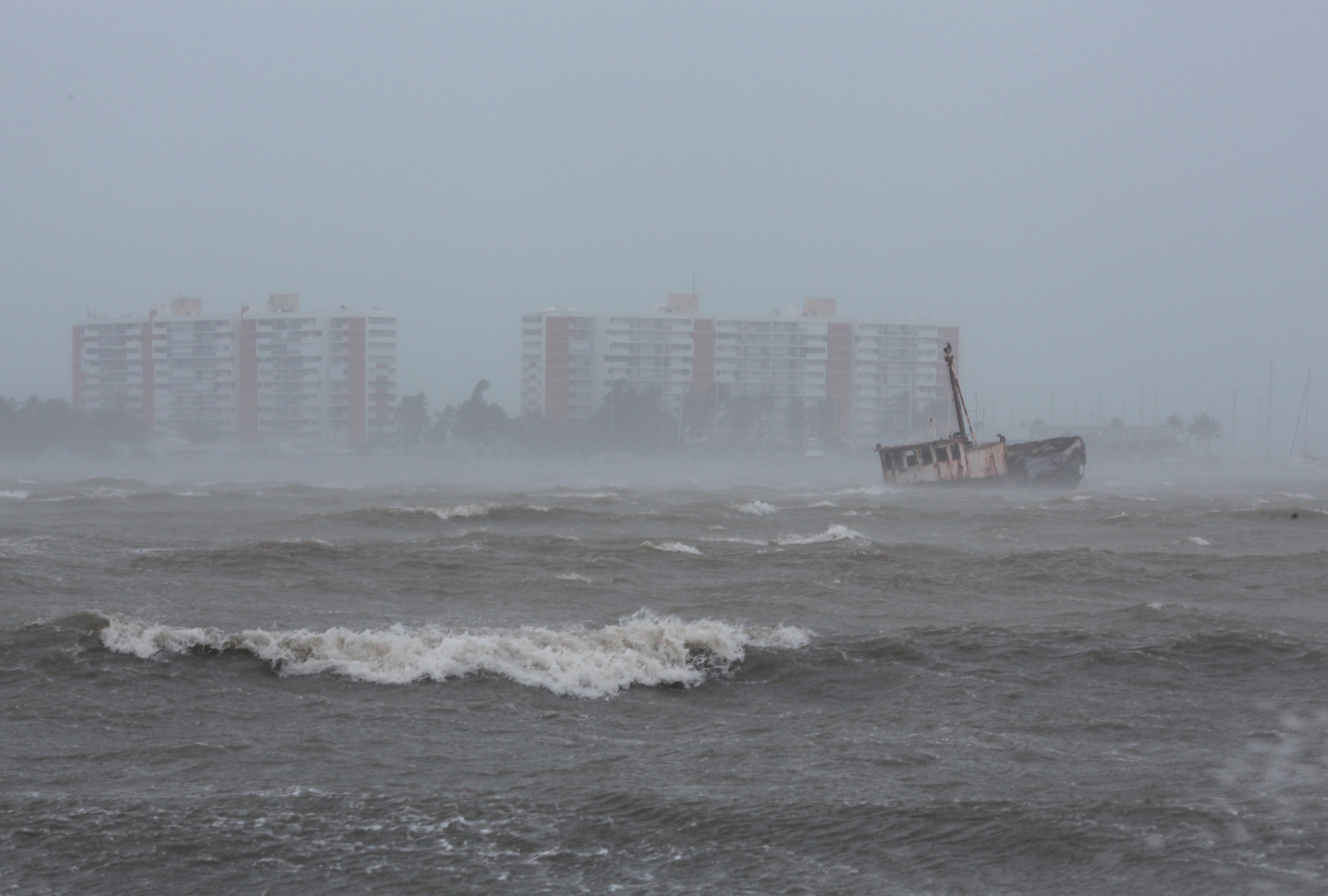
Waves battle a stranded ship as Hurricane Irma slammed across islands in the northern Caribbean on Wednesday, in Fajardo, Puerto Rico September 6, 2017. REUTERS/Alvin Baez
STORM PREPARATIONS
Two other hurricanes formed on Wednesday.
Katia in the Gulf of Mexico posed no threat to the United States, according to U.S. forecasters. Hurricane Jose was about 815 miles (1,310 km) east of the Caribbean’s Lesser Antilles islands, could eventually threaten the U.S. mainland.
The storm activity comes after Harvey claimed about 60 lives and caused property damage estimated as high as $180 billion in Texas and Louisiana.
Florida emergency management officials began evacuations in advance of Irma’s arrival, ordering tourists to leave the Florida Keys. Evacuation of residents from the Keys began Wednesday evening.
Ed Rappaport, the Miami-based NHC’s acting director, told WFOR-TV that Irma was a “once-in-a-generation storm.”
In Cuba, 90 miles (145 km) south of the Keys, authorities posted a hurricane alert for the island’s central and eastern regions, as residents in Havana, the capital, waited in lines to stock up on food, water and gasoline.
U.S. President Donald Trump said he and aides were monitoring Irma’s progress. The president owns the waterfront Mar-a-Lago estate in Palm Beach, Florida.
Trump approved emergency declarations from that state, Puerto Rico and the U.S. Virgin Islands, mobilizing federal disaster relief efforts.
Florida Governor Rick Scott said Irma could be more devastating than Hurricane Andrew, a Category 5 storm that struck the state in 1992 and still ranks as one of the costliest ever in the United States.
Residents in most coastal communities of densely populated Miami-Dade County were ordered to move to higher ground beginning at 9 a.m. ET (1300 GMT) on Thursday, Mayor Carlos Gimenez said.
(For a graphic on storms in the North Atlantic click http://tmsnrt.rs/2gcckz5)
(Additional reporting by Brendan O’Brien, Estelle Shirbon in London and Matthias Blamont and Jean-Baptiste Vey in Paris, Toby Sterling in Amsterdam; Editing by Matthew Mpoke Bigg)

